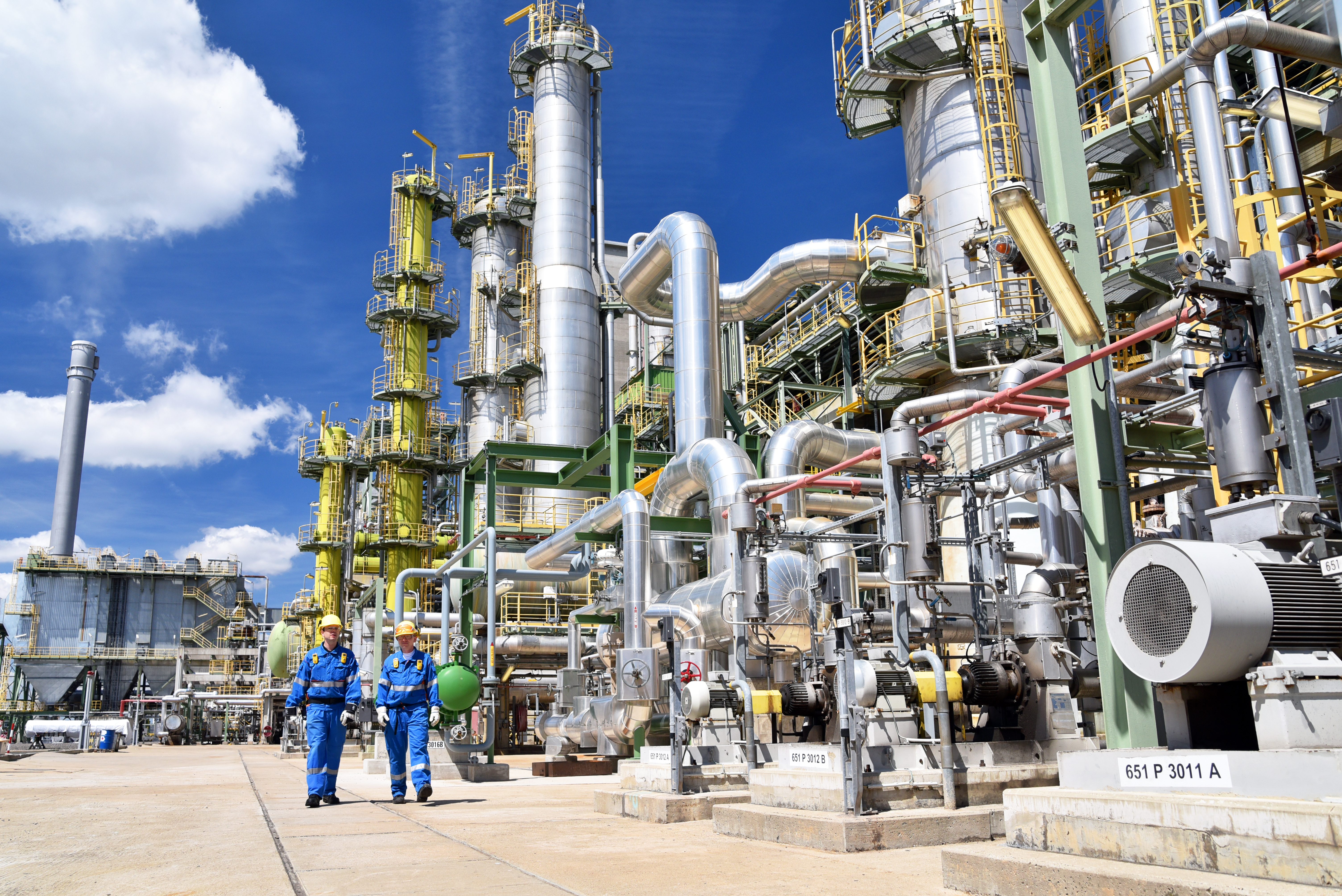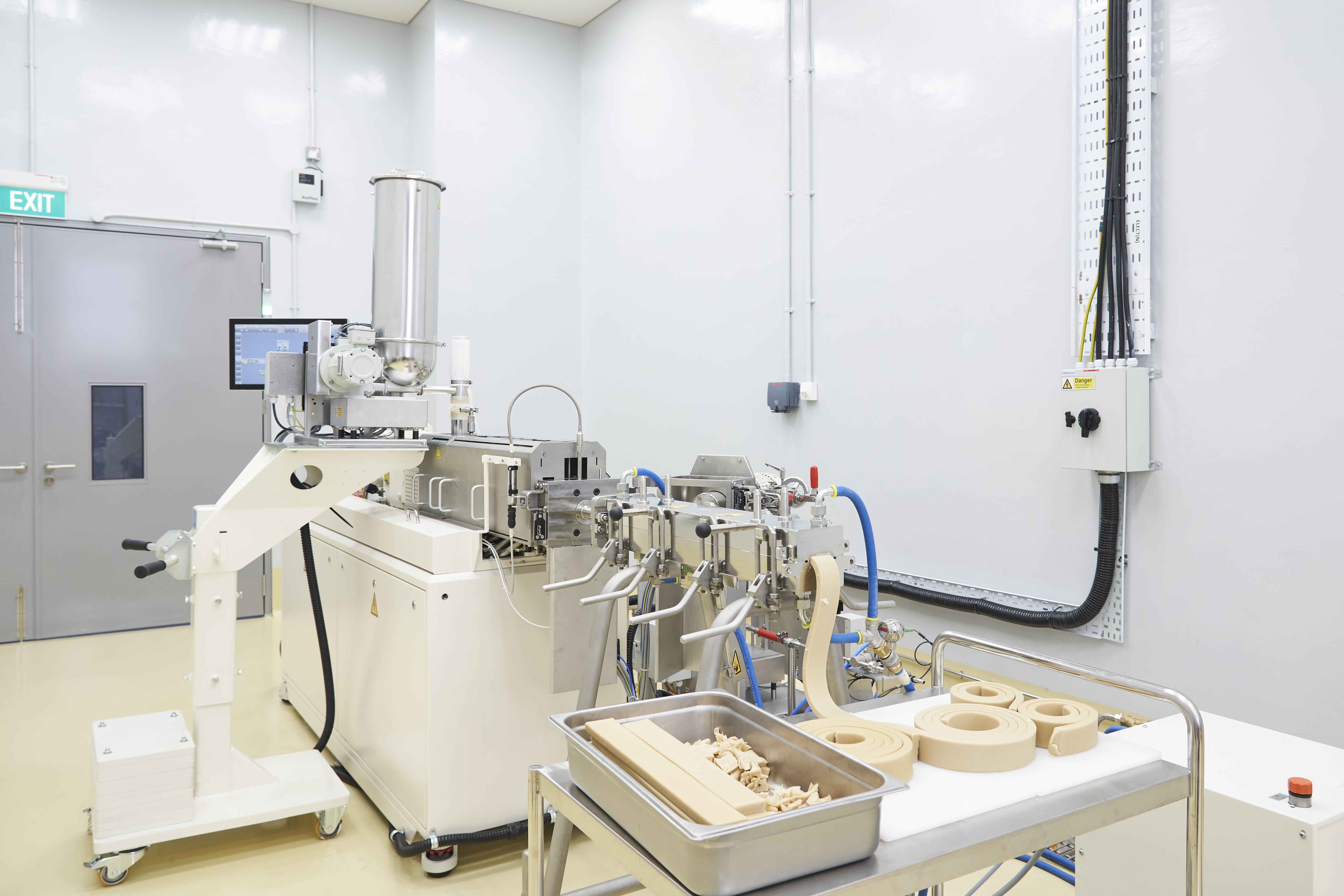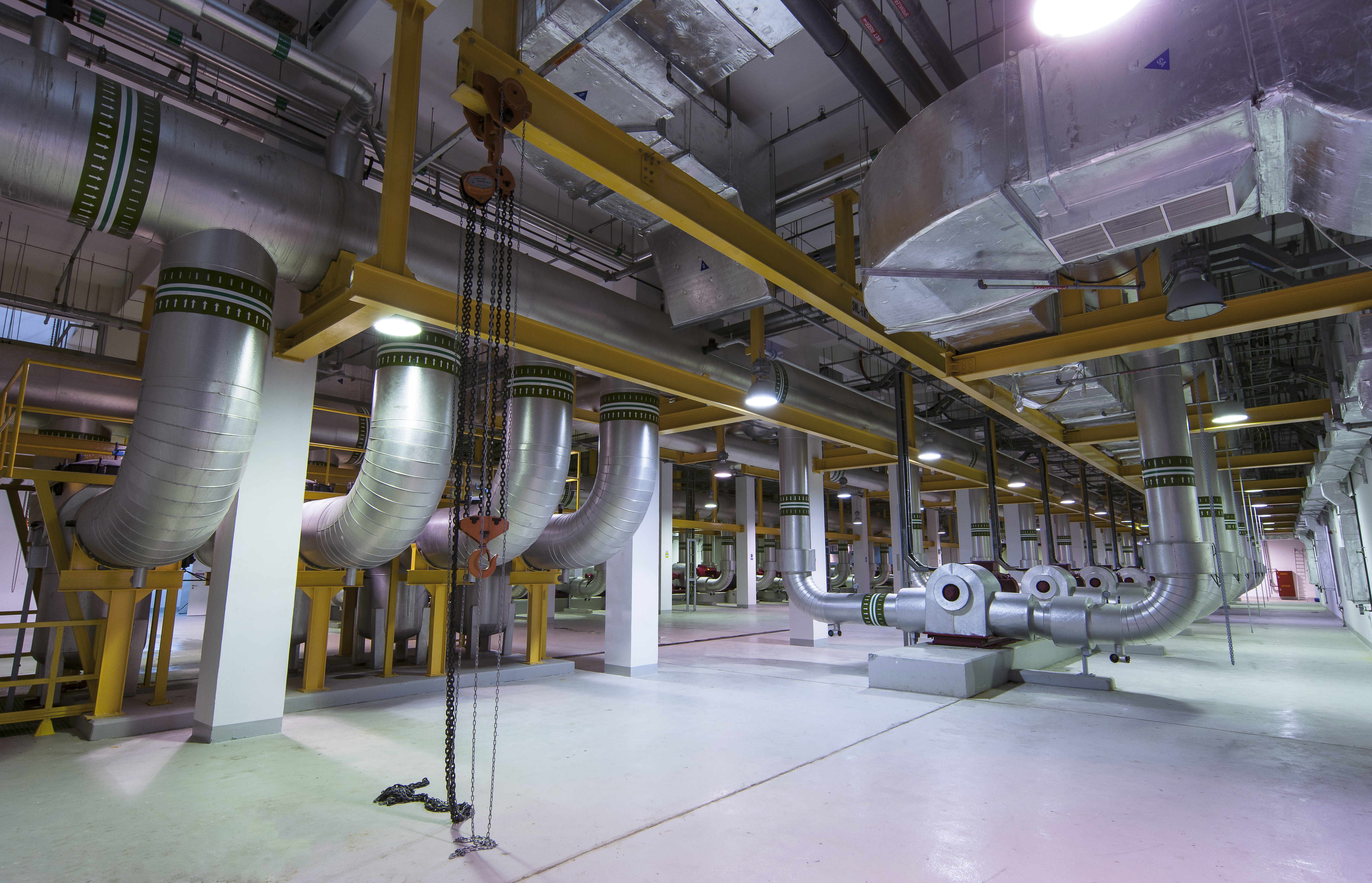
Course Overview
Computational Fire Modelling is an increasingly essential skill in fire safety engineering as urban infrastructure grows more complex, requiring advanced tools to predict and manage fire behaviour for safer building designs.
Ideal for engineers, architects and safety consultants, this course equips professionals with practical skills and theoretical knowledge in computational simulations to predict and analyse fire behaviour using widely-accepted and validated simulation software tools like Fire Dynamics Simulator (FDS) and OpenFOAM (Open Source Field Operation and Manipulation).
Learners will gain the skills to assess fire risks and develop strategies to improve fire safety across various built environments. Through interactive sessions and hands-on projects, they will refine their ability to design safer buildings, ensure compliance with regulatory standards, and mitigate fire risks.
Bridging the gap between traditional fire safety practices and modern computational techniques, this course offers valuable career advancement opportunities and professional development.
Programme Partner
This course is a collaboration with Singapore Civil Defence Force.

Who Should Attend
This course is ideal for
- Fire safety professionals
- Mechanical, electrical, and civil engineers involved in building design
- Professionals in risk assessment and safety compliance roles
- Academics and students pursuing advanced studies in fire safety
Prerequisites
- A relevant educational background or IT software literacy is preferred, and no prior programming knowledge is required. Learners are encouraged to consider their readiness to successfully complete the module.
What You Will Learn
Introduction to Fire Science
- Basics of fire behaviour: ignition, growth, and suppression
- Understanding heat transfer mechanisms: conduction, convection, and radiation
Fundamentals of Smoke Dynamics
- Smoke production, composition, and spread
- Importance of smoke stratification and buoyancy effects in fire scenarios
Introduction to Ventilation and Smoke Control
- Fundamentals of mechanical and natural ventilation for smoke control
- Modelling airflow and its impact on smoke movement in buildings
Principles of Computational Fire Modeling
- Overview of computational fluid dynamics (CFD)
- Role of fire modelling in safety engineering and building design
Getting Started with Fire Modeling Software
- Introduction to fire modelling tools (e.g., OpenFOAM or FDS basics)
- Setting up basic fire and smoke scenarios
Simulation of Simple Fire Scenarios
- Configuring boundary conditions, fire sources, and ventilation
- Running a basic fire simulation and monitoring key parameters
Data Interpretation and Visualisations Basics
- Techniques for visualising and interpreting simulation outputs
- Identifying trends in fire spread and smoke behaviour
Introductory Project
- Hands-on project setting up a basic fire and smoke scenario in a simple building layout
- Presenting findings and discussing potential improvements in fire safety
Teaching Team

Alex Lee
Managing Director, Tian Building Engineering

Shyam Dayanandan
Deputy Managing Director, C2D Solutions Pte Ltd
Schedule
| Course Run | Dates | Time |
|---|---|---|
| Apr 2025 | 28(PM), 29 and 30 Apr 7(PM), 8 and 9 May 26 May (Half day for assessment) | 9:00 am – 6:00 pm |
Certificate and Assessment
A Certificate of Attainment will be issued to participants who
- Attend at least 75% of the module; and
- Undertake and pass non-credit bearing assessment during the module; and
Participants who meet the attendance requirement but do not pass the assessment will receive a Certificate of Participation.
Participants who successfully obtain all 3 Certificate of Attainment in the Fire Dynamics and Fire Modelling series will receive a Graduate Certificate in Fire Dynamics and Fire Modelling.
Fee Structure
The full fee for this course is S$4,905.00.
| Category | After SF Funding |
|---|---|
| Singapore Citizen (Below 40) | S$1,471.50 |
| Singapore Citizen (40 & Above) | S$571.50 |
| Singapore PR / LTVP+ Holder | S$1,471.50 |
| Non-Singapore Citizen | S$4,950.00 (No Funding) |
Note:
- All fees above include GST. GST applies to individuals and Singapore-registered companies.
Course Runs
Learning Pathway
New Engineering Micro-credentials Launching Soon!
Exciting news! We are introducing new micro-credentials in Electrical and Electronic Engineering & Infrastructure and Systems Engineering. Be among the first to know by registering your interest today! Register now →







